
Entwurf Für Ein Schiffsplakat
A hand-painted replica of Wassily Kandinsky’s masterpiece Entwurf Für Ein Schiffsplakat, meticulously crafted by professional artists to capture the true essence of the original. Each piece is created with museum-quality canvas and rare mineral pigments, carefully painted by experienced artists with delicate brushstrokes and rich, layered colors to perfectly recreate the texture of the original artwork. Unlike machine-printed reproductions, this hand-painted version brings the painting to life, infused with the artist’s emotions and skill in every stroke. Whether for personal collection or home decoration, it instantly elevates the artistic atmosphere of any space.
"Entwurf Für Ein Schiffsplakat" (Design for a Ship Poster) is a work by the Russian painter and art theorist Wassily Kandinsky. Kandinsky, born in 1866 in Moscow, is often credited as one of the pioneers of abstract art. His works are known for their vibrant colors, geometric shapes, and innovative compositions that sought to convey emotion and spirituality through non-representational forms.
The exact date of creation for "Entwurf Für Ein Schiffsplakat" is not definitively documented, but it is generally associated with Kandinsky's time in Germany, particularly during his involvement with the Bauhaus school. The Bauhaus, founded by Walter Gropius in 1919, was an influential art and design school that emphasized the integration of art, craft, and technology. Kandinsky joined the Bauhaus in 1922 and remained there until its closure in 1933, contributing significantly to its curriculum and artistic output.
"Entwurf Für Ein Schiffsplakat" exemplifies Kandinsky's interest in combining art with practical design. The work is a design for a poster, likely intended to advertise or promote maritime travel or a shipping company. The composition features abstract elements that suggest the form and movement of a ship, utilizing bold lines and dynamic shapes to evoke a sense of motion and modernity. This approach aligns with Kandinsky's broader artistic philosophy, which sought to transcend traditional representational art and explore the expressive potential of color and form.
Kandinsky's work during the Bauhaus period was marked by a synthesis of his earlier, more expressive abstract style with the school's emphasis on functionalism and geometric clarity. This period also saw Kandinsky engaging deeply with theoretical writings, producing influential texts such as "Point and Line to Plane" (1926), where he elaborated on his ideas about the fundamental elements of visual art and their emotional and spiritual effects.
"Entwurf Für Ein Schiffsplakat" reflects Kandinsky's belief in the power of abstract art to communicate beyond the literal and the representational. By abstracting the concept of a ship into a series of geometric forms, Kandinsky invites viewers to experience the essence of the subject through a purely visual language. This method was revolutionary at the time and contributed to the broader modernist movement that sought to redefine the boundaries of art and design.
Kandinsky's legacy as a pioneer of abstract art and a key figure in the Bauhaus movement continues to influence contemporary art and design. His works are celebrated for their innovative use of color, form, and composition, and "Entwurf Für Ein Schiffsplakat" is a testament to his ability to merge artistic creativity with practical design applications.
In summary, "Entwurf Für Ein Schiffsplakat" by Wassily Kandinsky is a notable example of the artist's work during his Bauhaus period, showcasing his abstract style and his commitment to integrating art with functional design. The poster design captures the essence of maritime travel through abstract forms, reflecting Kandinsky's broader artistic goals and his contributions to the modernist movement.





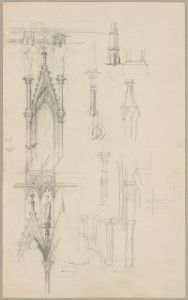

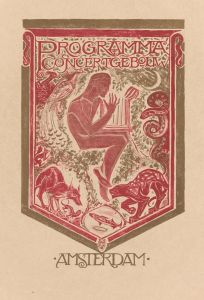
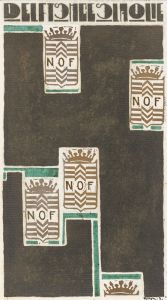
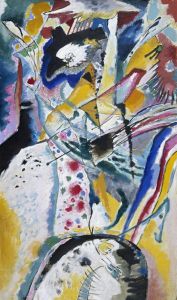
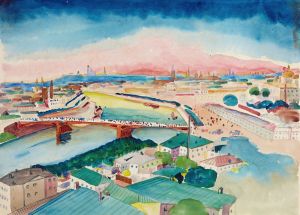

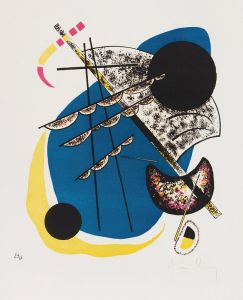
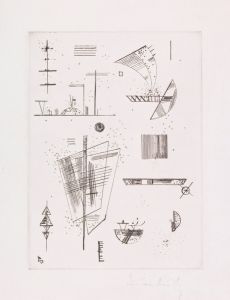
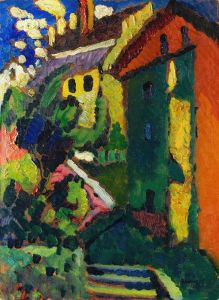
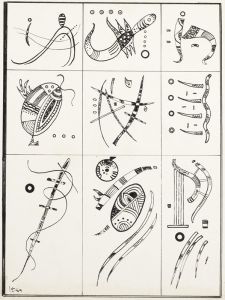
![Interior design drawings for unidentified rooms.] [Sketch for interior, possibly hotel lobby](/imgs/249361/s/winold-reiss-interior-design-drawings-for-unidentified-rooms-sketch-for-interior-possibly-hotel-lobby-c271d10.jpg)
![Interior design drawings for unidentified rooms.] [Sketch for unidentified room with starred walls](/imgs/249363/s/winold-reiss-interior-design-drawings-for-unidentified-rooms-sketch-for-unidentified-room-with-starred-walls-78931be1.jpg)
![Design for reflected ceiling plan.] [Partially colored drawing for ceiling plan](/imgs/249463/s/winold-reiss-design-for-reflected-ceiling-plan-partially-colored-drawing-for-ceiling-plan-11749db9.jpg)